ResMed is in the business of breathing.
We’re here to partner with you so that you can continue to give your patients the best possible care.
Learn more about ResMed’s treatment options for sleep-disordered breathing (SDB) and respiratory insufficiency associated with other conditions.
Your patient might have difficulty breathing as a result of a greater medical condition—like Chronic Obstructive Pulmonary Disease (COPD) or Neuromuscular Disease (NMD)—and may need the help of a ventilator to breathe. Learn more about ResMed’s range of therapy options for invasive and noninvasive ventilation to suit a broad range of patients and care settings.
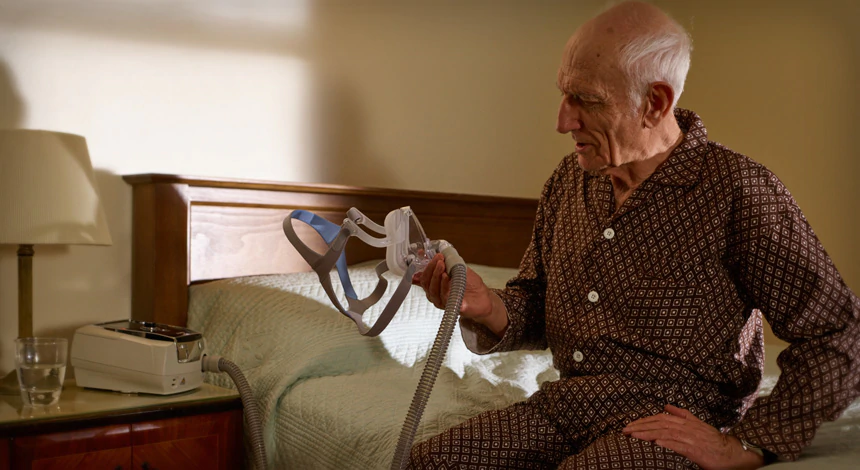
Noninvasive ventilation (NIV) provides ventilatory support to patients who suffer from respiratory insufficiency.
Read MoreNMD is a broad term that encompasses many diseases and ailments that impair the functioning of the muscles either directly via intrinsic muscle pathology, or indirectly via nerve pathology.
Read MoreLearn more about Obesity Hypoventilation Syndrome: how to recognise the symptoms in your patients;
ResMed's treatment solution; and documented patient outcomes.
Learn more about ResMed's ventilation solutions for paediatric patients: the special considerations, the ideal treatment solution and documented patient outcomes.
Read MoreLearn more chest wall disorders: how to recognise them in your patients; ResMed's treatment solution; and documented patient outcomes.
Read MoreLearn more about Chronic Obstructive Pulmonary Disease (COPD): how to recognize the symptoms in your patients; ResMed’s treatment solution; and documented patient outcomes.
Read MoreResMed gives you easy access to the tools you need, to screen your patients for sleep-disordered breathing (SDB), request a sleep study, and get them diagnosed. Learn more about the different types of sleep apnea; suggested links to other significant health conditions (like type 2 diabetes); and ResMed’s range of treatment options.
.webp)
The first sign of a sleep disorder is snoring, even though many patients won’t identify that as a sign of something more serious. There are other common symptoms too.
Read More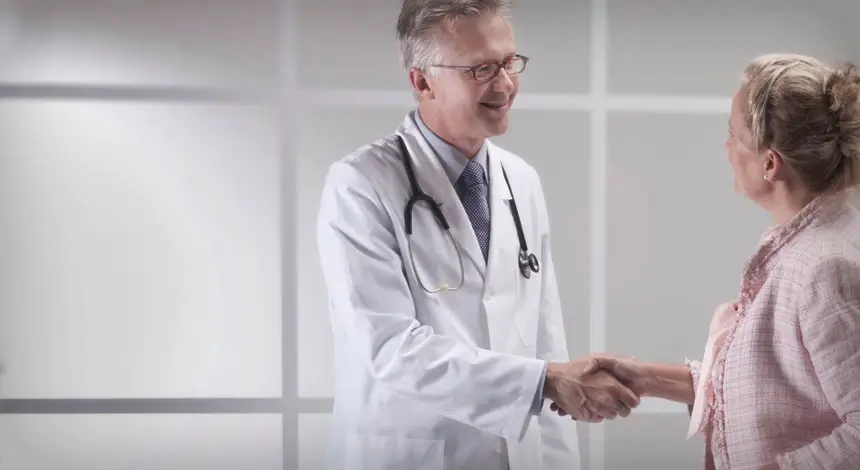
Adherence to therapy can be the biggest challenge for patients with sleep apnea. Comfortable equipment, proper replacement, follow-up and education are critical to helping patients adapt to and stay on therapy.
Read MoreThere are three main types of sleep-disordered breathing which are manifested in sleep apnea. Discovering the specific differences between them can help you recognise how best to treat your patients.
Read MoreSleep apnea has been linked to a number of other significant health conditions. Find out how treating your patients’ sleep apnea can improve their overall health.
Read MoreIf you suspect a patient may have sleep disordered breathing (SDB), this three step screening process for SDB can get your patient on the path to getting diagnosed.
Read MoreLearn more about CPAP therapy – the sleep apnea treatment regarded as the gold standard – as well as alternative treatment options.
Read MoreLearn how to educate your patients on the importance of timely equipment replacement and how critical it is to the success of their sleep apnea therapy.
Read MorePatients can find it reassuring to read about the therapy journeys of other patients.

It was Barry’s wife Margaret who spurred him into action to seek treatment from his doctor for what turned out to be sleep apnea.
Read More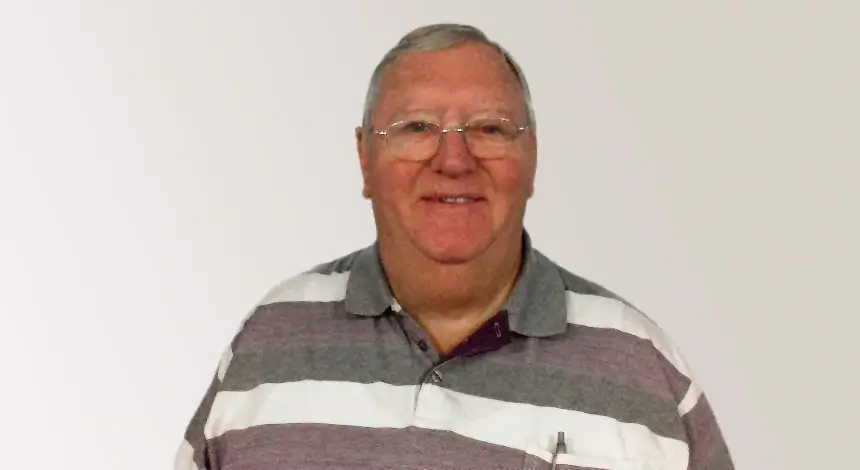
Brian initially underwent exceptionally painful throat surgery to combat his sleep apnea — but it was not successful. He is now on positive airway pressure therapy, and uses an S9 device. Brian is a very energetic and dynamic personality with plenty of get up and go. As a successful businessman, he travels overseas regularly for work and leads a full and active life.
Read More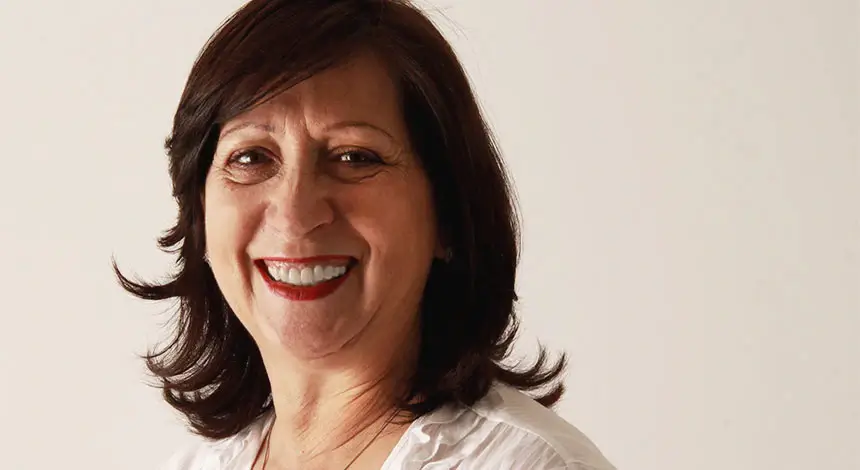
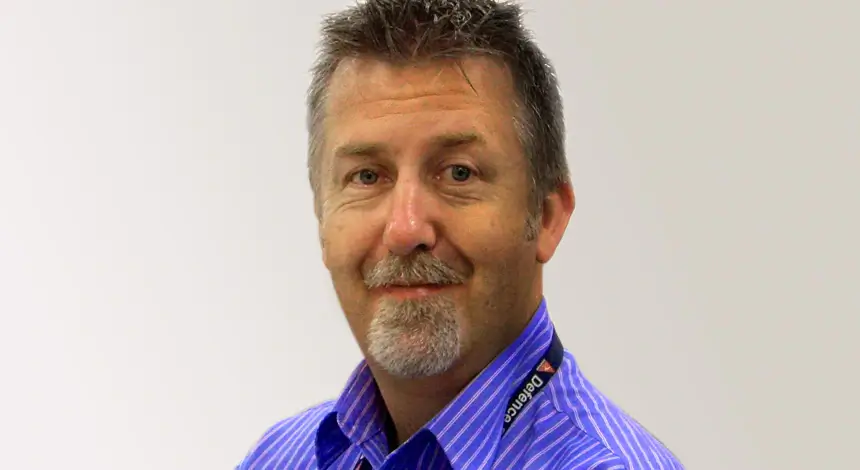
After a serious car accident with his wife Sue in the vehicle, Kevin couldn't ignore his snoring and daytime sleepiness any longer.
Read More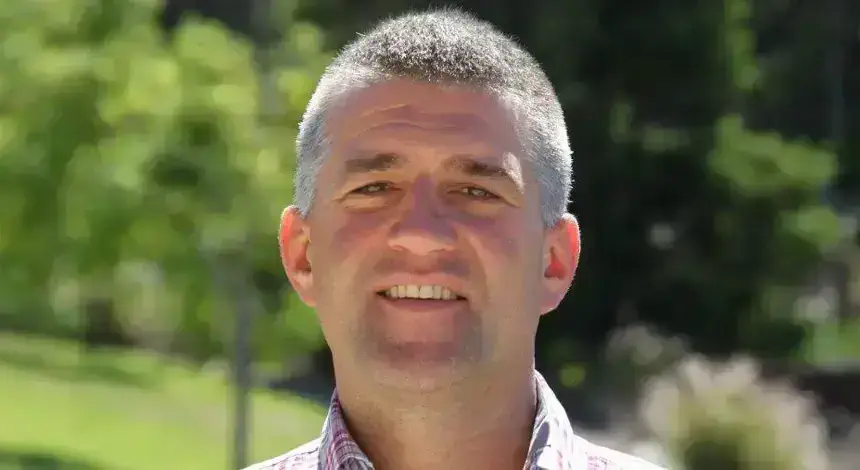
Matt had felt tired for over a decade. His partner slept deeply and didn’t notice that he stopped breathing on average 34 times an hour.
Read More